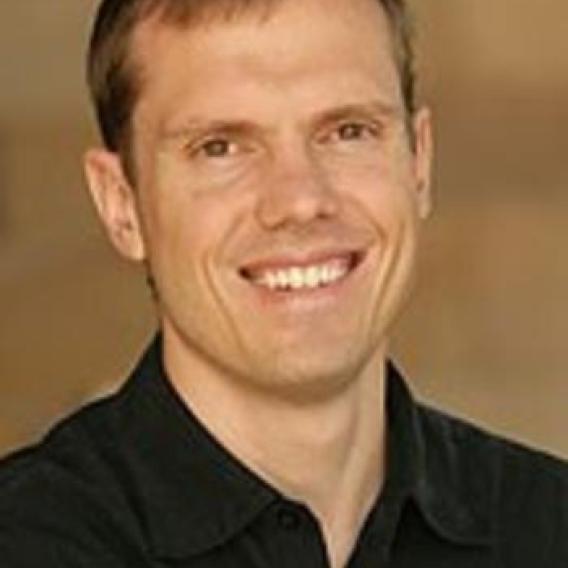Image

Nicholas Melosh
Professor, Materials Science and Engineering
Member, Bio-X
Member, Maternal & Child Health Research Institute (MCHRI)
Affiliate, Precourt Institute for Energy
Faculty Fellow, Sarafan ChEM-H
Member, Wu Tsai Neurosciences Institute
PhD, University of California at Santa Barbara, Materials Science and Engineering (2001)
BS, Harvey Mudd College, Chemistry (1996)
Affiliation:
The Melosh group explores how to apply new methods from the semiconductor and self-assembly fields to important problems in biology, materials, and energy. We think about how to rationally design engineered interfaces to enhance communication with biological cells and tissues, or to improve energy conversion and materials synthesis. In particular, we are interested in seamlessly integrating inorganic structures together with biology for improved cell transfection and therapies, and designing new materials, often using diamondoid molecules as building blocks.
My group is very interested in how to design new inorganic structures that will seamless integrate with biological systems to address problems that are not feasible by other means. This involves both fundamental work such as to deeply understand how lipid membranes interact with inorganic surfaces, electrokinetic phenomena in biologically relevant solutions, and applying this knowledge into new device designs. Examples of this include “nanostraw” drug delivery platforms for direct delivery or extraction of material through the cell wall using a biomimetic gap-junction made using nanoscale semiconductor processing techniques. We also engineer materials and structures for neural interfaces and electronics pertinent to highly parallel data acquisition and recording. For instance, we have created inorganic electrodes that mimic the hydrophobic banding of natural transmembrane proteins, allowing them to ‘fuse’ into the cell wall, providing a tight electrical junction for solid-state patch clamping. In addition to significant efforts at engineering surfaces at the molecular level, we also work on ‘bridge’ projects that span between engineering and biological/clinical needs. My long history with nano- and microfabrication techniques and their interactions with biological constructs provide the skills necessary to fabricate and analyze new bio-electronic systems.
Research Interests:
Bio-inorganic Interface
Molecular materials at interfaces
Self-Assembly and Nucleation and Growth
My group is very interested in how to design new inorganic structures that will seamless integrate with biological systems to address problems that are not feasible by other means. This involves both fundamental work such as to deeply understand how lipid membranes interact with inorganic surfaces, electrokinetic phenomena in biologically relevant solutions, and applying this knowledge into new device designs. Examples of this include “nanostraw” drug delivery platforms for direct delivery or extraction of material through the cell wall using a biomimetic gap-junction made using nanoscale semiconductor processing techniques. We also engineer materials and structures for neural interfaces and electronics pertinent to highly parallel data acquisition and recording. For instance, we have created inorganic electrodes that mimic the hydrophobic banding of natural transmembrane proteins, allowing them to ‘fuse’ into the cell wall, providing a tight electrical junction for solid-state patch clamping. In addition to significant efforts at engineering surfaces at the molecular level, we also work on ‘bridge’ projects that span between engineering and biological/clinical needs. My long history with nano- and microfabrication techniques and their interactions with biological constructs provide the skills necessary to fabricate and analyze new bio-electronic systems.
Research Interests:
Bio-inorganic Interface
Molecular materials at interfaces
Self-Assembly and Nucleation and Growth